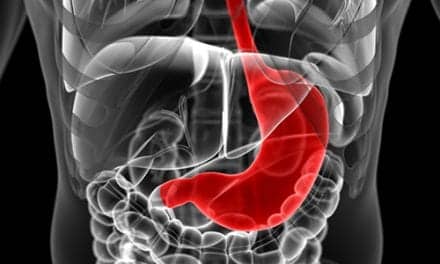
A study that suggests secondhand smoke may not be as harmful as once believed has provoked strong criticism from medical professionals, who claim the study is flawed or even intended to confuse the lay public. The authors stand by the work.
The study found no link between exposure to environmental tobacco smoke and deaths caused by coronary heart disease, lung cancer, or chronic obstructive pulmonary disease. When the British Medical Journal (BMJ) published it in its May 17 issue, dozens of physicians, medical students, researchers, and scientists—among others—responded with outraged letters.
Some online respondents said it was irresponsible for the BMJ to publish a paper that was “seriously flawed.” The American Association for Respiratory Care and the American Lung Association also questioned the validity of the study.
“It’s disheartening that the British Medical Journal released this study—as it appears to have several things wrong with it,” says Gaylene Mooney, BAAS, RRT, co-chair of AARC’s Subcommittee on Smoking and Tobacco Related Issues. Mooney says the study, partially funded by the tobacco industry, did not meet the requirements of rigorous scientific methodology.
The American Cancer Society called the study part of an “organized effort to confuse [the] public about secondhand smoke.”
Lead investigator James Enstrom, PhD, MPH, an epidemiologist at the University of California, Los Angeles notes that his findings do not contradict—but rather coincide with—previous studies. He hints that the media seem to discredit any evidence that does not oppose secondhand smoke.
And despite a general flurry of criticism, some medical professionals support Enstrom’s work.
“I [am not] surprised that an attempt is being made to trash Dr Enstrom’s conclusions because the study was funded in part by money from tobacco interests,” wrote Melvin W. First, ScD, a professor of environmental health and engineering, emeritus, at the Harvard School of Public Health in Cambridge, Mass, in a letter to the editor of The Wall Street Journal after it reported on the study on May 16. “Does this mean that all the researchers funded by antismoking agencies are biased in the opposite direction? I trust not. Such charges are deeply insulting to academics in good standing.”
The study examined 118,094 Californian adults who enrolled in an American Cancer Society cancer prevention study in 1959. The researchers tracked the group for 39 years, paying particular attention to the 35,561 nonsmokers with a spouse who smoked.
Published only after an extensive review process—documented on the BMJ Web site, www.bmj.com—the study authors and BMJ editors made efforts to point out the study’s weaknesses, including misclassification of environmental tobacco smoke exposure status from 1959 to 1999. It also listed its strengths—large size, extensive baseline data on smoking and potential confounders, extensive follow-up data, and long-term follow-up.
| • Lung Volume Reduction Surgery Yields Mixed Results Select patients with severe emphysema who, in conjunction with medical therapy, have 25% to 30% of the most damaged regions of each lung surgically removed are more likely to function better after 2 years than those who receive medical therapy only, according to a 5-year, multicenter, randomized study. The patients who benefited most from the surgery, called bilateral lung volume reduction surgery (LVRS), were those whose emphysema was predominantly in the upper lobes of the lungs and whose exercise capacity was low after pulmonary rehabilitation but prior to surgery. The surgery decreased survival and failed to improve functional levels in patients who did not have upper-lobe distribution of emphysema and who had greater exercise capacity. Scientists believe that when functionally useless tissue is removed, air moves in and out of the remaining lung more readily, thereby easing symptoms and improving overall lung function. The findings were presented May 20 at the American Thoracic Society’s 99th International Conference in Seattle. They also were in the May 22 issue of the New England Journal of Medicine. • Study Drowns Illusion of Swimming Pool Safety Published in the June issue of the British journal Occupational and Environmental Medicine, their study says that regular inhalation of a gas called nitrogen trichloride increases lung epithelium permeability, which leads to increased allergen intake—thereby raising the risk of asthma. Nitrogen trichloride is released when chlorinated water reacts with urine, sweat, or any organic matter introduced by swimmers. According to the authors, nitrogen trichloride triggers three proteins that destroy the cellular barrier protecting the lungs. It affects not only those in the water, but also those who remain poolside. While the authors say more studies are needed, they recommend using nonchlorine-based disinfectants or reinforcing water and air quality control in indoor pools in the meantime. |









